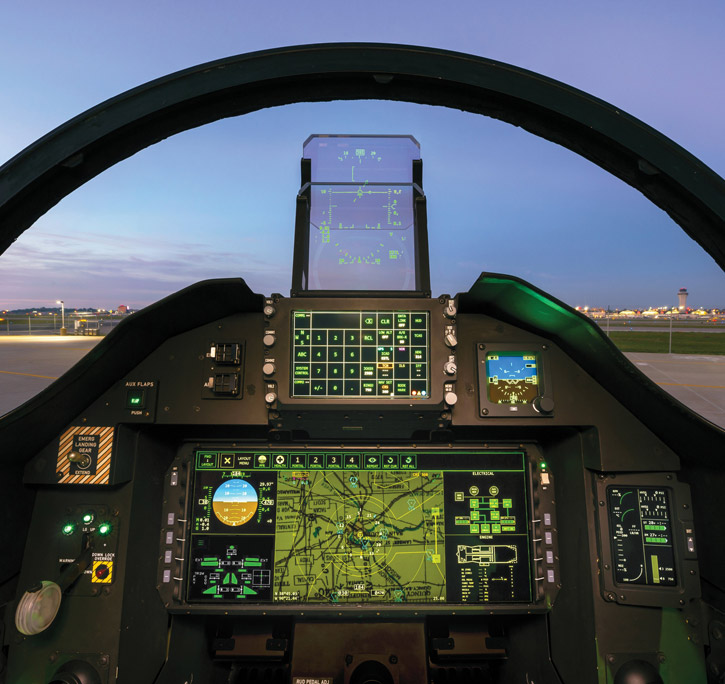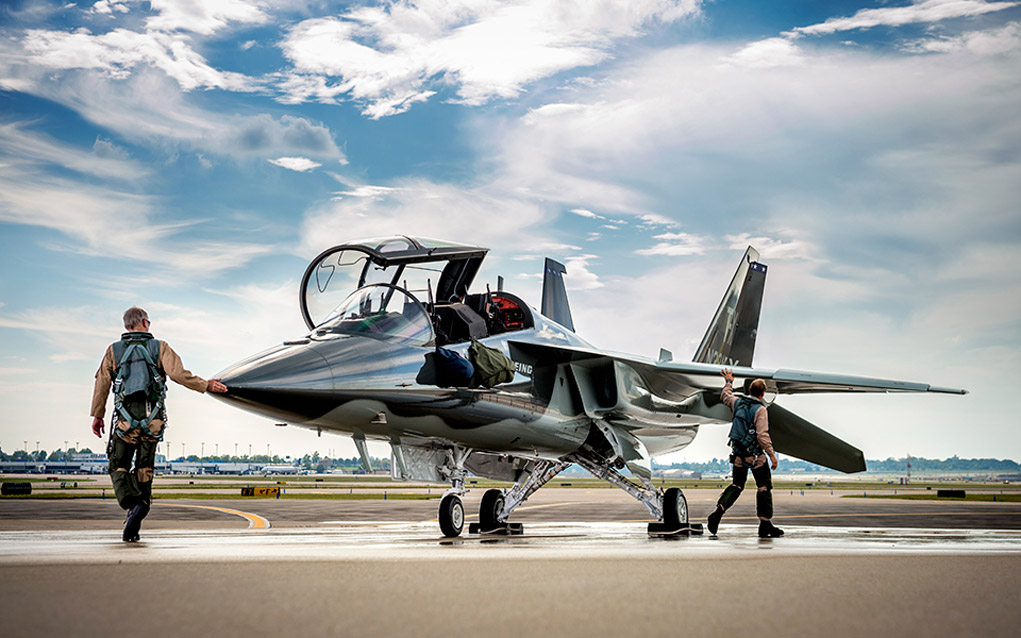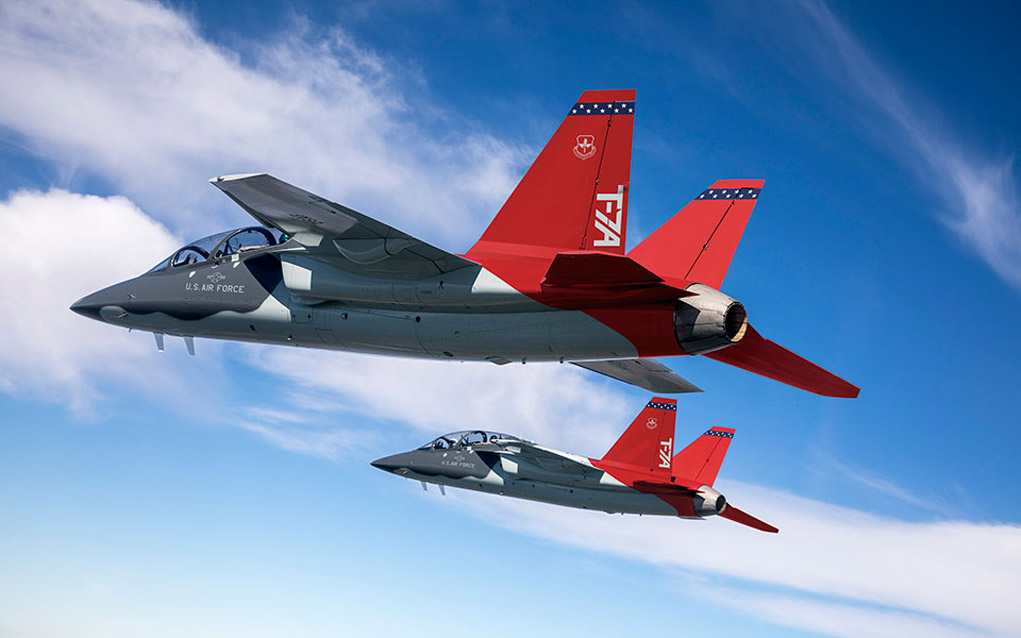
Elbit Systems of America confirmed it will supply Boeing a number of products – including cockpit displays, datalinks, and embedded training capabilities for the T-7A Red Hawk (formerly known as T-X) advanced pilot training aircraft Boeing is developing for the United States Air Force. In the initial phase, Boeing was selected to deliver 351 trainers, 46 simulators and associated ground equipment at a contract value of $9.2 billion with deliveries commencing over 10 years, from 2024 to 2034.
Over the program life, that number is expected to grow to 1,000 trainers. Elbit Systems of America has joined the Boeing-Saab team at an early stage and is expected to become a sole supplier for those items. Analyst estimates of the package value are $250 million for the initial phase and over one billion US$ over the life of the program, not including future exports.
Join as a subscriber to read further analysis of this report





















